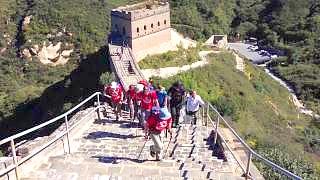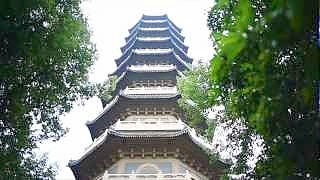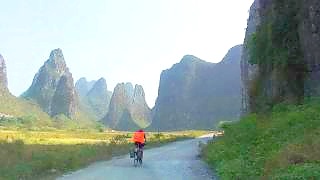SuZhou lies in JiangSu province, north of ShangHai. It is the cradle of Wu culture ...
[640],shadow=true,start=,stop= Expand Stop |
[320],shadow=true,start=,stop= Expand Stop |
[320],shadow=true,start=,stop= Expand Stop |

Live more ...
 The beautiful gardens, temples and canals of SuZhou 苏州
The beautiful gardens, temples and canals of SuZhou 苏州SuZhou lies in JiangSu province, north of ShangHai. It is the cradle of Wu culture ...
[640],shadow=true,start=,stop= Expand Stop |
[320],shadow=true,start=,stop= Expand Stop |
[320],shadow=true,start=,stop= Expand Stop |


|
A hike along many sections of the Great Wall of China near BeiJing.
|

|
Filmed in 2012 ...
|

|
Among the beautiful karst hills between HeZhou 贺州 and YangShuo 阳朔 ...
|

|
Beautiful ...
|

|
Night walk in an ancient town clinging to waterfalls.
With Walk East ...
|

|
With Wild Girl in GuiZhou ...
Bonus film - peaches ...
|